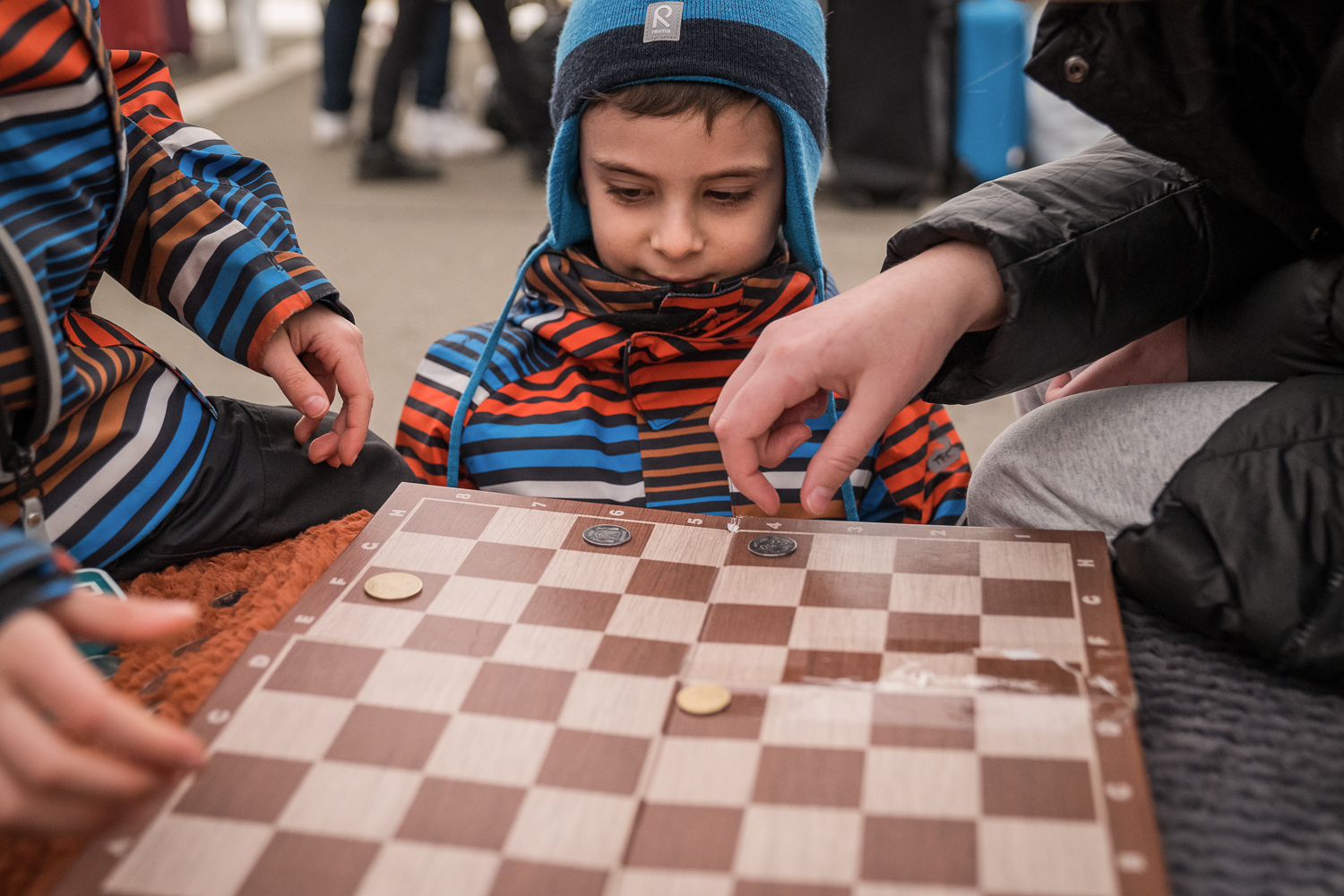
Urgent action needed to get 80,000 Syrian refugees into Jordan’s schools
Education in emergencies
Batool was out of school for two years – watch her story in the Human Rights Watch video below
The new school year in Jordan starts next month. But more than 80,000 Syrian refugee children living there could continue to miss out on education unless urgent measures are taken.
That means donors stepping up their support and the host country changing policies that prevent children from going to school, Human Rights Watch (HRW) has warned.
In a report published today, the organisation said Jordan has been generous in its efforts to enroll huge numbers of Syrian children into its education system.
But more than 80,000 out of 226,000 registered school-age children were not in formal education during the last school year. And that situation will continue if barriers to schooling are not removed.
The HRW report comes two weeks after the children’s charity Theirworld revealed that world leaders had failed to keep a promise made in February to fund the education of one million Syrian refugee children in neighbouring countries.
Theirworld – the charity behind A World at School – said more than $1 billion was still needed before the start of the 2016-17 school year. The report looked specifically at the challenges facing two other host countries, Turkey and Lebanon. You can read it here.
TELL WORLD LEADERS TO KEEP THEIR PROMISE
Human Rights Watch said the obstacles that prevent Syrian children going to school in Jordan include:
- A bar on enrolling children who have been out of school for three or more years
- Punishments for refugees working with permits that lead to poverty, child labour and school dropouts
- Asylum seeker registration requirements that many Syrians cannot meet
“Jordan has taken difficult, noteworthy steps to get Syrian refugee children in school. But many who fled the horror of Syria’s war are still missing out on an education and the future it offers,” said Bill Van Esveld, senior children’s rights researcher at HRW and the report’s author.
“Donors who are stepping up support urgently need to work with Jordan to remove policy barriers that are keeping children and youth out of school.”
Since 2011, Jordan has opened schools in refugee camps and brought in the double-shift system – where classes are taught at different times – to create more spaces for Syrian children.
A donor-funded plan would add spaces and new programmes for up to 75,000 more children in the 2016-2017 school year. Such a programme would also allow up to 25,000 children aged eight to 12 who had been out of education for three years or more to re-enroll.
HRW said donors need to ensure there is adequate sustained funding, including money for teacher training. They should also support school-related costs such transportation and target support for secondary school-aged children and children with disabilities.
Here are some other findings from the 97-page report titled ‘We’re Afraid For Their Future’: Barriers to Education for Syrian Refugee Children in Jordan.
- Many Syrian children drop out of school because more than 86% of Syrian asylum seekers in Jordan and their families cannot pay for transportation.
Example: Haya and Noor – sisters aged 10 and 11 – miss school two days a week to work with their father as agricultural labourers, to help pay for the microbus that takes them and their younger siblings to school.
- Child labour has increased four-fold among Syrian children in Jordan since the Syrian conflict began – as children are seen as less at risk of arrest for working illegally.
Example: Eight-year-old Mohamad sells nuts in the street in Mafraq for seven hours every day. Every child worker interviewed by Human Rights Watch described long hours, hazardous conditions or work by very young children that violated Jordanian and international labour laws.
The pressure on children to work increases as they grow older. Only about 5500 of an estimated 25,000 or more secondary school-age Syrian children were enrolled in formal education last year.
- Child marriage has soared from 12% to at least 32% for Syrian marriages registered in Jordan since 2011. Girls face additional obstacles to education, as parents worry about older girls’ safety on the way to school.
Example: Nour, 15, was married in 2015. Her father does not work because of illness and her 14-year-old brother works full-time. Her father said her new in-laws were in a better financial position to support her.
Van Esveld added: “Jordanian policymakers have recognised it is in the country’s own best interest to ensure that Syrian children receive an education.
“A ‘lost generation’ of Syrian children and youth is a slow-burning disaster for human rights and the region’s future.”
More news

